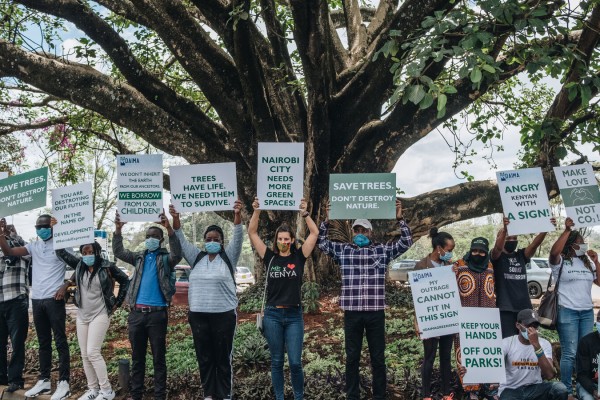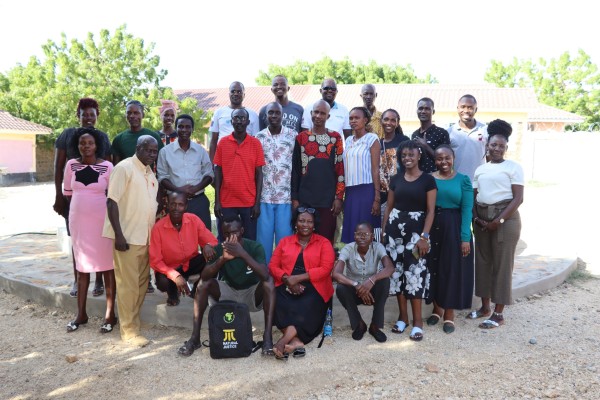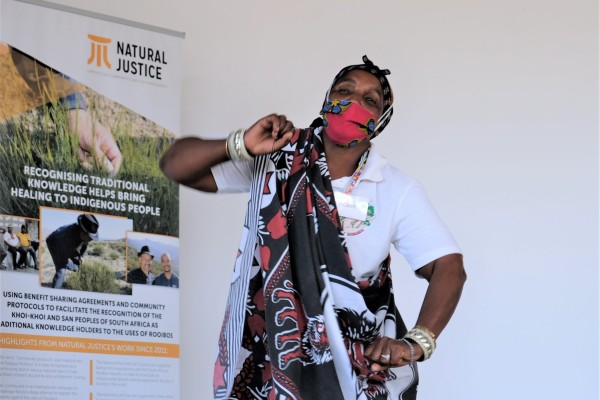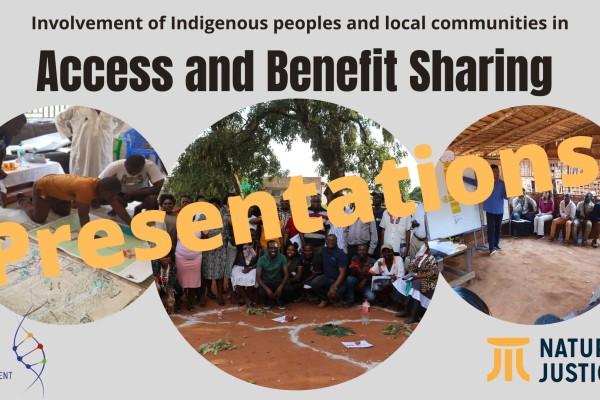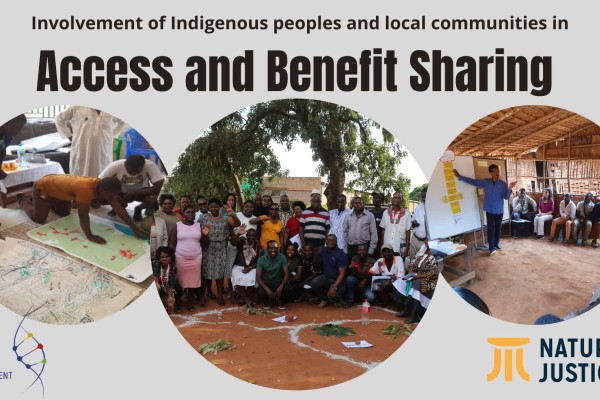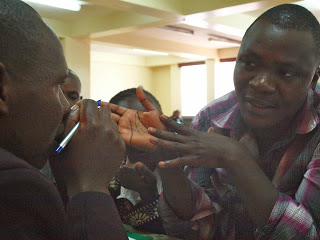
From the 25-26th of September one of Natural Justice’s partner organizations in Kenya,
Kivulini Trust co-hosted an Indigenous Pollinators Network Workshop in Nairobi, together with the FAO and
Indigenous Partnership for Agrobiodiversity and Food Sovereignty.
The objective of the workshop was to establish a network of indigenous communities knowledgeable of and supportive towards pollinators. A similar workshop was held last month in India, where an Indigenous Pollinators Network has been formed. Through such a network communities can share best practices and provide support to each other. Another goal of the workshop was to create awareness of the many different pollinators that exist, and their importance.
What is a pollinator?
The workshop commenced with a presentation by pollination expert Dr. Mary Gikungu from the National Museums of Kenya on what is a pollinator? Most of us think only of bees – and honeybees at that – when we hear the word pollinator. In fact, honeybees account for only a tiny fraction of the pollinators that exist – there are many other species of bees, as well as birds, butterflies, bats and other insects that provide the world with essential pollination services. In case it has been a while since you took a biology class – pollinators are important because without them most plants would not be able to reproduce – which would mean no food, or other plant materials, so important for humans and the environment.
Attendees of the workshop included indigenous communities from across Kenya, such as the Enderois, the Ogiek and the El Molo communities. There was someone working with the Boni community along the coast, women from West Pokot and several people who had come from as far away as Marsabit – a full two day journey away. The workshop created a very good space for these community members to interact and discuss issues together, facilitation was bilingual in Kiswahili and English, there were plenty of break-out group sessions and the attitude amongst everybody present was that all the participants have a lot of valuable knowledge to share, which created a space where everybody felt comfortable speaking.
Most participants had not thought much about pollinators other than honeybees before. This presented a challenge when discussing a question such as ‘What are other pollinators you see in your area?’ Perhaps there was a communication difficulty in explaining the question, or the word ‘pollinator’, which is new to most people. Or maybe people understandably notice bees more, and not other pollinators, because bees produce honey. Certainly, all of the community members present possessed rich knowledge of their environments. Whether or not this knowledge is communicable through Western scientific terms like ‘pollinator’ is a challenge. Perhaps in using these concepts as the basis for a network we are already shifting the way knowledge is conceived.
All the attendees were very knowledgeable about beekeeping in their different environments. It was exciting to see the connections form as a participant spoke about a tree in his region that bees prefer, and someone else from another place recognized the description but knew the same tree by another name in her own language. She shared with the other participants useful information about that tree that others didn’t know. Beekeeping is important for all of these communities as income generation, a source of nutrition and medicine and for symbolic purposes. For example, for many a cup of honey is included in bride payments.
The Ogiek community brought up
Biocultural Community Protocols as a tool for the communities present to protect their knowledge about bees and other pollinators. They shared with the others what a BCP is and how it can be of use in documenting and protecting indigenous knowledge and practices. This led to a discussion on ‘mapping your own lands before someone else does’, particularly for the communities to be affected by the
LAPSSET project. Many participants articulated that a challenge they face is access to land. Since mapping land and community resources was identified as a useful future exercise, BCPs might be of further use here as well.
 From the 25-26th of September one of Natural Justice’s partner organizations in Kenya, Kivulini Trust co-hosted an Indigenous Pollinators Network Workshop in Nairobi, together with the FAO and Indigenous Partnership for Agrobiodiversity and Food Sovereignty.
From the 25-26th of September one of Natural Justice’s partner organizations in Kenya, Kivulini Trust co-hosted an Indigenous Pollinators Network Workshop in Nairobi, together with the FAO and Indigenous Partnership for Agrobiodiversity and Food Sovereignty.

